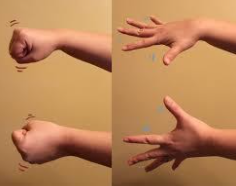The body ’remembers’
- When a person goes through trauma, they are said to experience a ‘wordless fear’.
The emotional impact of the event may begin to interfere with the ability to put the experience into words. It becomes difficult to share one’s experience with others.
We later ‘remember’ dangerous and frightening events with our emotions and bodies, because that helps us to react faster the next time when we are in a dangerous situation. Our bodies react before we have a chance to think. - If anything happens that is in some way reminiscent of an earlier unsafe experience (this is called a trigger) then, even if you are currently safe, your brain will register the danger before the so-called thinking part of the brain gets a chance to remember and focus on the fact that the current situation is different and you are safe.
- When we remember something without any flashbacks or words or if we cannot remember anything at all, it does not feel like we are remembering something from the past. It feels like we are experiencing something NOW!



